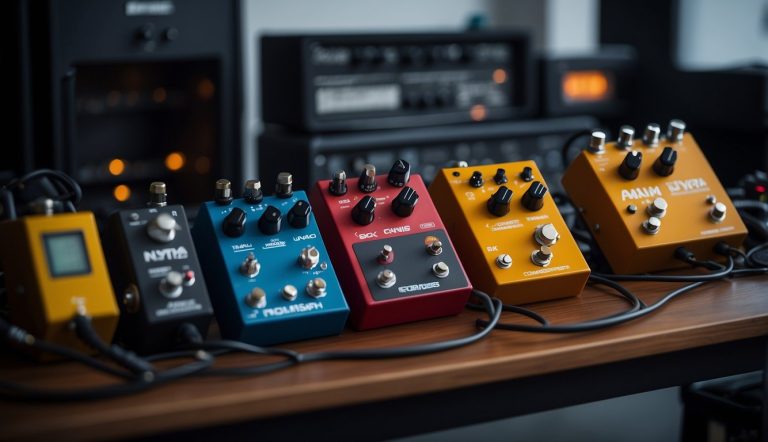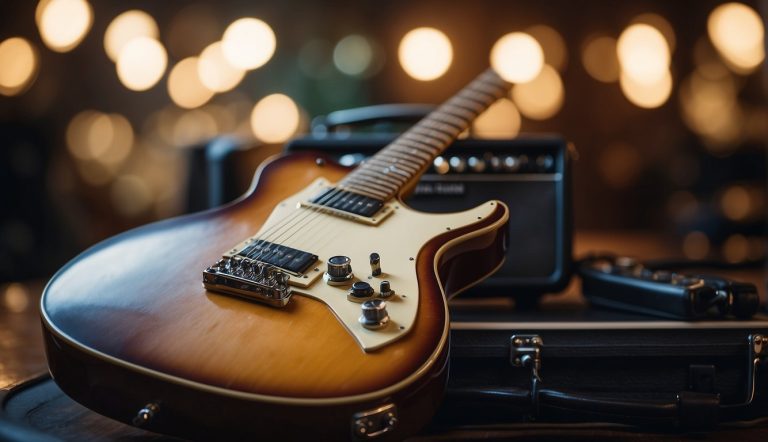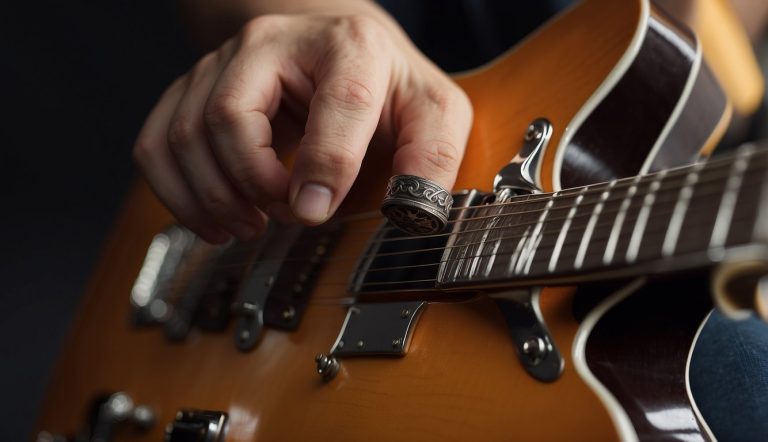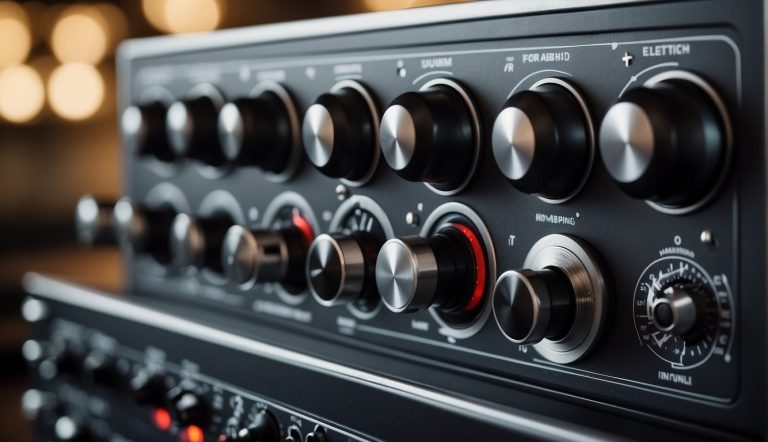Devices Compatible with Artificial Reverb: A Comprehensive List
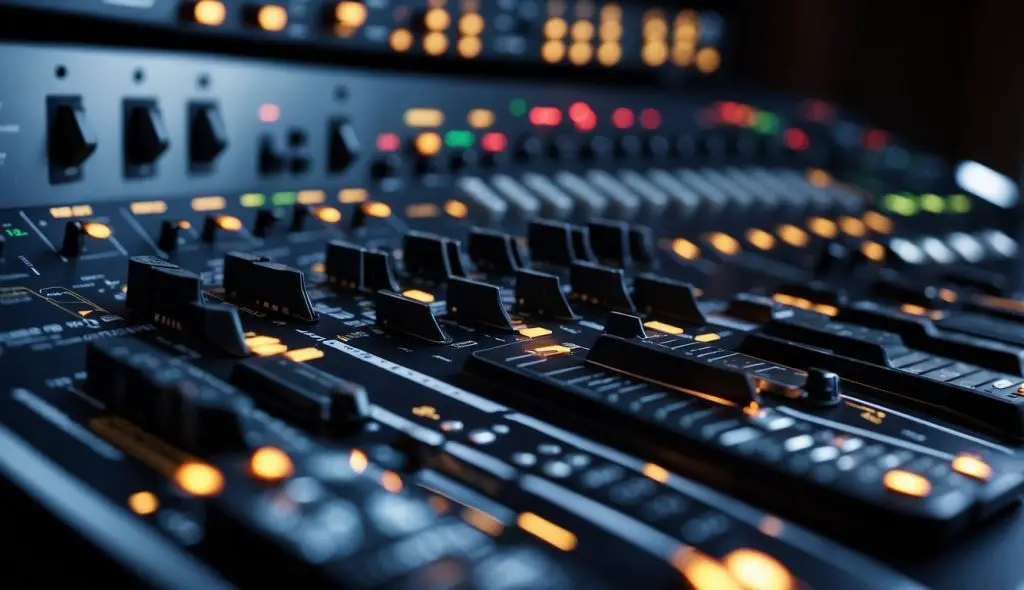
As a sound engineer, I have always been fascinated by the technology behind artificial reverb and the devices that are compatible with it. Artificial reverb is a technique used to simulate the sound of a room or space, and it has become an essential tool for music producers and sound engineers. In this article, I will discuss the different types of devices that are compatible with artificial reverb and how they can be used to achieve different reverb effects.
Understanding Reverb and Its Types:
Before we dive into the devices that are compatible with artificial reverb, it is essential to understand what reverb is and the different types of reverb.
Reverb is the natural sound that is produced when sound waves bounce off surfaces and create echoes. There are various types of reverb, including plate reverb, spring reverb, and digital reverb.
Digital reverb is the most common type of reverb used in modern sound engineering, and it is achieved using artificial reverb devices.
Devices and Technology for Artificial Reverb:
When it comes to devices that are compatible with artificial reverb, there are many options available.
One of the most common devices used for artificial reverb is the digital reverb processor.
These processors use algorithms to simulate the sound of different spaces, and they can be used to achieve a wide range of reverb effects.
Other devices that are compatible with artificial reverb include convolution reverb plugins, hardware reverb units, and virtual instruments.
Key Points
- Artificial reverb is a technique used to simulate the sound of a room or space, and it has become an essential tool for music producers and sound engineers.
- Different types of devices that are compatible with artificial reverb include digital reverb processors, convolution reverb plugins, hardware reverb units, and virtual instruments.
- Understanding the different types of reverb and the devices that are compatible with artificial reverb is crucial for achieving different reverb effects.
Table of Contents
Reverb Basics
The Basics of Reverb
Reverb is an essential aspect of sound engineering that adds depth and dimension to audio recordings. It is the sound that is reflected off the walls, ceiling, and other surfaces in a room after the original sound is produced. In other words, reverb is the persistence of sound after the initial source has stopped.
Reverb is often confused with echo, but they are not the same. Echo is a distinct repetition of sound, while reverb is a continuous and complex series of reflections.
Types of Artificial Reverb
There are different types of artificial reverb that are commonly used in sound engineering. Some of them include:
- Spring Reverb: This type of reverb uses a spring to create a sound that is similar to the natural reverb that occurs in a room. It is often used in guitar amplifiers and other musical instruments.
- Plate Reverb: Plate reverb uses a metal plate to create a sound that is similar to the natural reverb that occurs in a room. It is often used in recording studios and concert halls.
- Convolution Reverb: This type of reverb uses a mathematical algorithm to simulate the reverb of a specific space. It is often used in digital audio workstations.
- Digital Reverb: Digital reverb uses digital signal processing to simulate the reverb of a specific space. It is often used in recording studios and live performances.
Understanding the different types of artificial reverb is essential for selecting devices that are compatible with them. Different types of reverb have different characteristics and can be used to achieve different effects in audio recordings.
Devices and Technology for Artificial Reverb
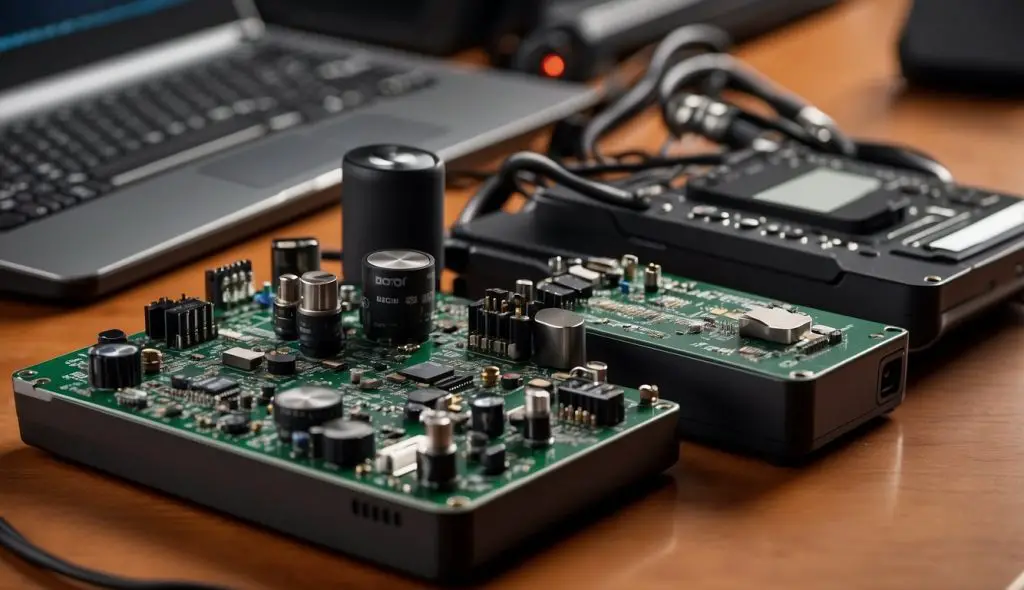
As a music producer, I rely heavily on artificial reverb devices to create the perfect sound for my recordings. In this section, I will discuss the different types of devices and technology that are compatible with artificial reverb.
Hardware Reverb Units
Hardware reverb units are standalone devices that are used to create artificial reverb effects.
These units come in different types, including digital reverbs, plate reverbs, and spring reverbs.
Digital reverbs use complex algorithms to create reverb effects, while plate and spring reverbs use physical components to create the reverb effect.
Hardware reverb units are popular among recording engineers and music producers due to their high-quality sound and reliability. Some popular hardware reverb units include Lexicon PCM96, Bricasti M7, and Eventide H8000FW.
Software and Plugins
Software and plugins are another popular option for creating artificial reverb effects.
These tools can be used in a digital audio workstation (DAW) and offer a range of reverb algorithms and impulse responses.
Some popular software and plugins include Waves Abbey Road Reverb Plates, Valhalla VintageVerb, and Altiverb.
Software and plugins are a cost-effective solution for music producers and recording engineers who want to create high-quality reverb effects without investing in expensive hardware.
Reverb in Recording Studios
Recording studios are equipped with a range of devices and technology that can be used to create artificial reverb effects.
Microphones, mixing consoles, and digital audio workstations (DAWs) are all essential components of a recording studio.
Recording engineers can use impulse responses and other reverb algorithms to create the perfect reverb effect for their recordings.
With the right equipment and expertise, recording studios can create high-quality reverb effects that rival those produced by hardware reverb units.
Frequently Asked Questions
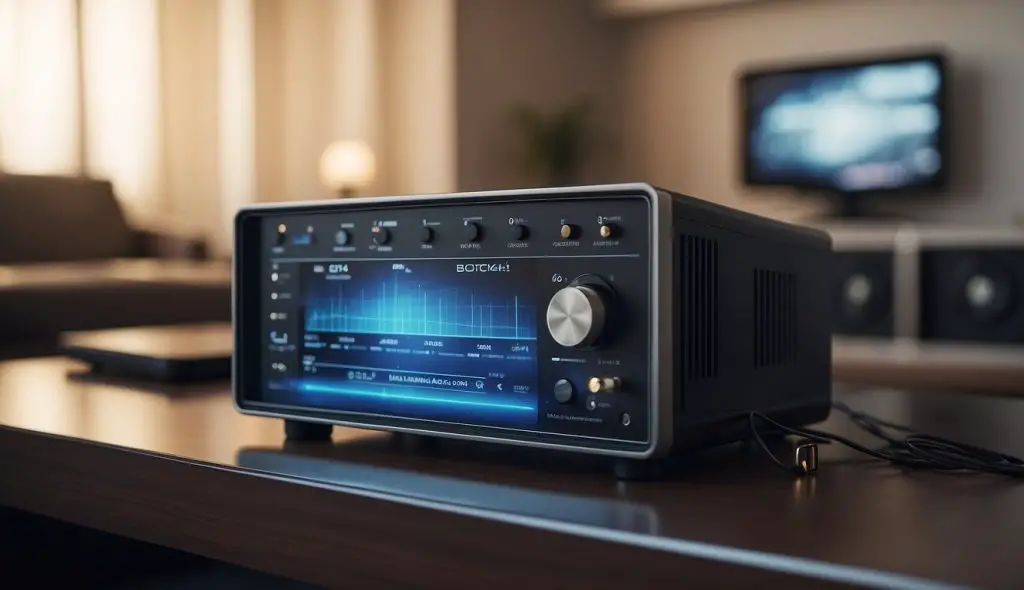
What types of devices support ambient reverb effects for music production?
Devices that support ambient reverb effects for music production include digital audio workstations (DAWs), audio interfaces, mixing consoles, and guitar pedals.
Most modern DAWs come with built-in reverb plugins, and audio interfaces and mixing consoles often have onboard reverb processors. Guitar pedals are also a popular option for adding reverb effects to live performances or recording sessions.
How can I apply reverb effects to vocals during recording?
To apply reverb effects to vocals during recording, you can use a reverb plugin in your DAW or an external reverb processor.
Set the reverb to a level that complements the vocals without overpowering them. You can experiment with different types of reverb to find the one that best suits the vocal performance.
Can you recommend any free reverb VST plugins for home studio use?
Yes, some popular free reverb VST plugins for home studio use include Ambience, OrilRiver, and TAL-Reverb-4.
These plugins offer a range of reverb types and settings to suit different musical styles and preferences.
Which instruments benefit most from the use of artificial reverb?
Instruments that benefit most from the use of artificial reverb include those with sustained or decaying notes, such as guitar, piano, and strings.
Reverb can add depth and richness to these instruments, creating a more immersive and dynamic sound.
What are the main differences between the various types of reverb?
The main differences between the various types of reverb are their decay time, diffusion, and early reflections.
Hall reverb, for example, has a longer decay time and more diffusion than plate reverb, which has a shorter decay time and more early reflections. Spring reverb has a distinct metallic sound, while chamber reverb is known for its warm and natural sound.
How does reverb functionality vary on different amplifiers?
Reverb functionality can vary on different amplifiers. Some amplifiers offer more control over the reverb settings than others. Some amplifiers have built-in reverb processors. These processors allow you to adjust the level and type of reverb. Meanwhile, others may only have a basic on/off switch. It’s important to choose an amplifier with reverb functionality that meets your specific needs and preferences.


